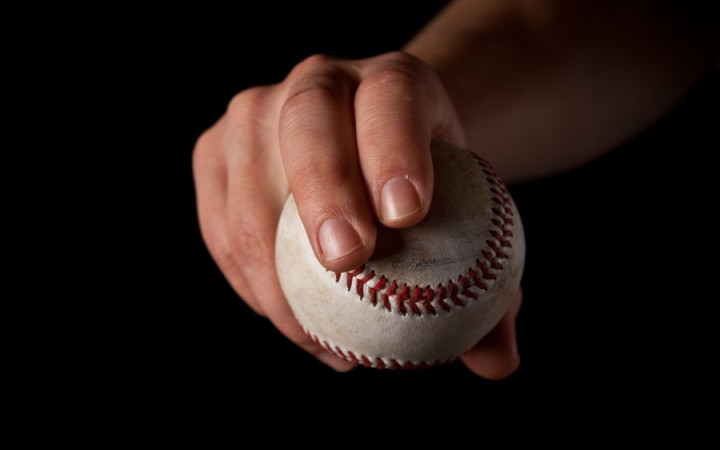Today’s Wonder of the Day was inspired by Ben . Ben Wonders, “What is the physics behind different pitches in baseball” Thanks for WONDERing with us, Ben !
It’s the bottom of the ninth inning. There are two outs. The bases are loaded. You stand on the mound, staring down your rival’s best hitter. Your team has a one-run lead. You wind up and throw your best fastball. He swings. He misses! Strike one.
You take a deep breath and get ready for the second pitch. The catcher signals for another fastball and you deliver. Another swing. Another miss! Strike two. You can almost taste victory now.
The catcher signals for a different pitch: a curveball. You grip the baseball tightly and then whip it toward home plate. It flies toward the batter and then, at the last second, it dips down to duck the swinging bat. Strike three. You win!
If you’re a fan of baseball, then you may have daydreamed a scene like that a time or two. Who wouldn’t want to win a game by striking out the other team’s best batter with a curveball?
Unlike a fastball, which travels straight to the plate as quickly as possible, a curveball drops and curves as it flies toward the batter. Since batters only have a split-second to swing at the ball, they often miss curveballs because they can’t see them dip and move until it’s too late.
How do pitchers throw curveballs? Do they hex the ball? Is it magic? Nope! It’s pure science. In fact, all baseball pitches are interesting to study when it comes to learning about the physical laws of our world.
Many physical forces are at work in baseball. Gravity, friction, velocity, acceleration, and momentum are all involved in America’s favorite pastime. When it comes to a curveball, though, the spin put on the ball by the pitcher brings a couple of other scientific principles into play: Bernoulli’s principle and the Magnus Effect.
To throw a curveball, a pitcher grips the ball tightly with the middle and index fingers together across the seams of the ball. The middle finger is critical, as the pitcher needs to make sure that the seams provide resistance against the middle finger during the throw. This resistance helps the pitcher to put topspin on the ball as it’s released with a tight rotation.
When the ball is thrown, a pitcher hooks his wrist rather than simply flicking the wrist downward as he would when throwing a fastball. As the pitcher hooks his wrist over the ball and to the side, he creates a tight spin that will result in the ball curving and diving as it reaches the plate.
As a curveball flies through the air, the spin creates an imbalance of air pressure on either side of the ball. According to Bernoulli’s principle, this imbalance of air pressure creates lift. When applied to a spinning object, the Magnus Effect holds that the force of lift generated will cause the spinning ball to move in the direction of lower pressure.
For a right-handed pitcher, a curveball spins clockwise as it heads toward home plate, pushing through the air, and slowing by the force of friction caused by the resistance of the air. Because of the ball’s spin, air will pass more quickly on one side than the other. In other words, the air will move with the spin of the ball on one side and against the spin of the ball on the other side.
The side of the ball where the air passes faster will experience less air pressure. The result is that the ball will curve in the direction of lower air pressure. This will happen in the last quarter of the ball’s trip to home plate, which explains why curveballs are so hard to hit.
Can you throw a curveball? Would you like to learn? Start by practicing in a yard or park with a friend or family member. It may be tough at first, but with practice, you could be pitching in the major leagues in no time!
Standards: NGSS.PS2.A, NGSS.PS3.A, CCRA.L.3, CCRA.L.6, CCRA.R.1, CCRA.R.2, CCRA.R.10, CCRA.SL.1, CCRA.SL.2





